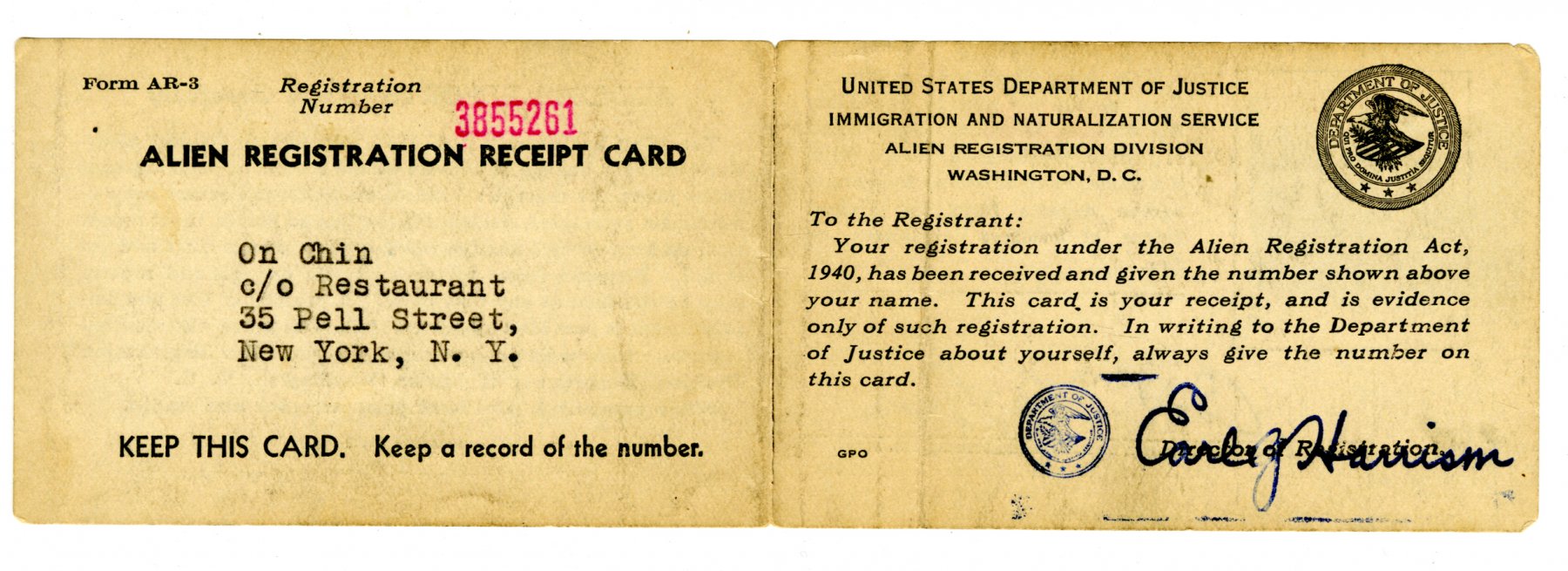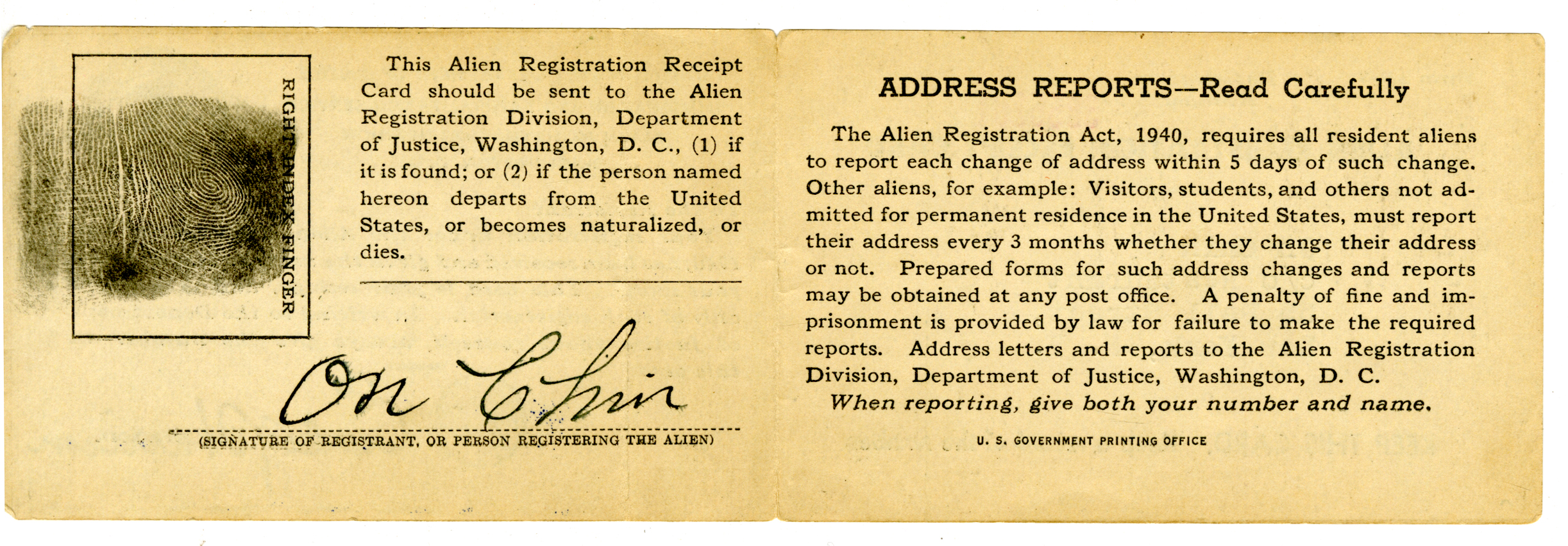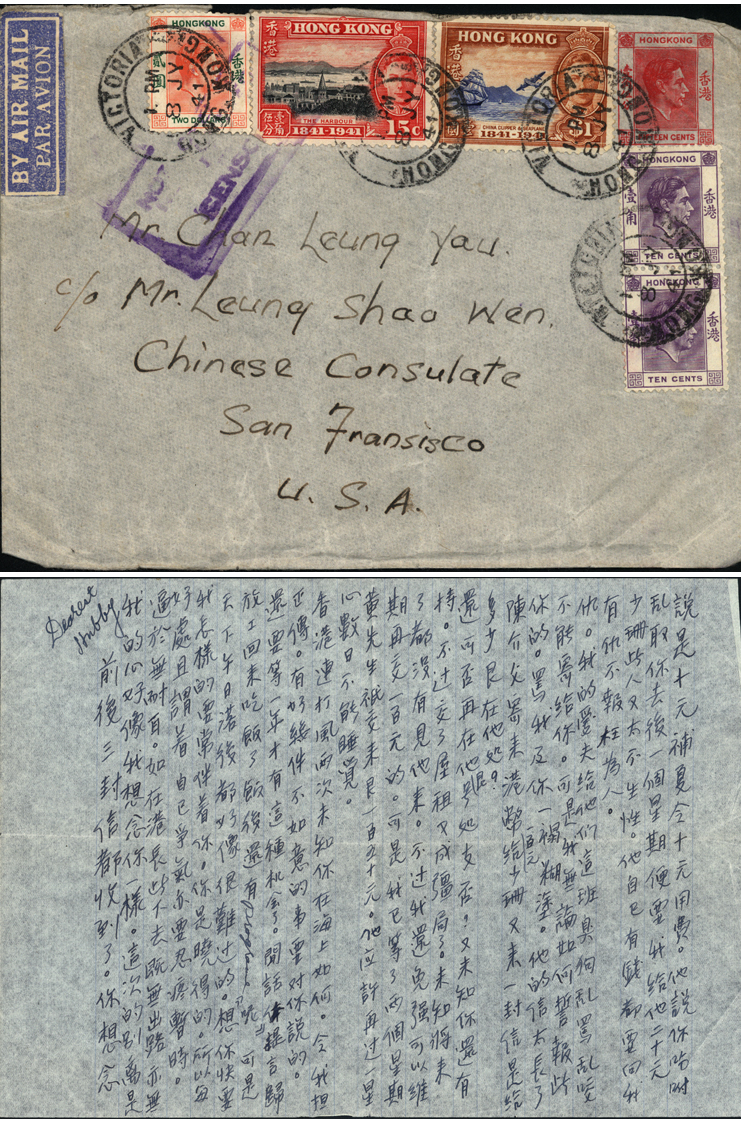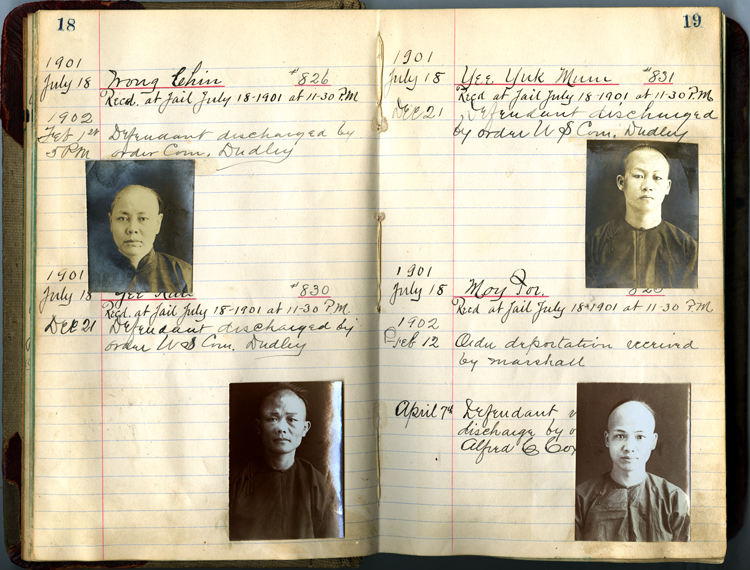Collections馆藏Collections馆藏Collections馆藏Collections馆藏Collections馆藏Collections馆藏Collections馆藏Collections馆藏Collections馆藏Collections馆藏Collections馆藏Collections馆藏Collections馆藏Collections馆藏Collections馆藏Collections馆藏Collections馆藏Collections馆藏Collections馆藏Collections馆藏Collections馆藏Collections馆藏Collections馆藏Collections馆藏Collections馆藏Collections馆藏Collections馆藏Collections馆藏Collections馆藏Collections馆藏Collections馆藏Collections馆藏Collections馆藏Collections馆藏Collections馆藏Collections馆藏Collections馆藏Collections馆藏Collections馆藏Collections馆藏Collections馆藏Collections馆藏Collections馆藏Collections馆藏Collections馆藏Collections馆藏Collections馆藏Collections馆藏Collections馆藏Collections馆藏Collections馆藏Collections馆藏Collections馆藏Collections馆藏Collections馆藏Collections馆藏Collections馆藏Collections馆藏Collections馆藏Collections馆藏Collections馆藏Collections馆藏Collections馆藏Collections馆藏

18 September 2019 Posted.
On Chin’s Alien Registration Receipt Card, courtesy of Lung Chin, Museum of Chinese in America (MOCA) Collection.
On Chin的外国人登记卡,Lung Chin捐赠,美国华人博物馆(MOCA)馆藏

On Chin’s Alien Registration Receipt Card, courtesy of Lung Chin, Museum of Chinese in America (MOCA) Collection.
On Chin的外国人登记卡,Lung Chin捐赠,美国华人博物馆(MOCA)馆藏
1882年的《排华法案》是第一部仅以国籍为由禁止移民群体的法律,而在接下来的几十年里,又通过了一些相关的法案,加强了针对华人的排华法律。1940年的《外国人登记法》(Alien Registration Act),即广为人知的《史密斯法》(Smith Act),要求所有在美国居住的外国人都必须登记并采集指纹,而且他们必须随身携带这张登记证。史密斯法案的颁布是为了回应对日益增长的法西斯主义和共产主义的恐惧,同时也有对由移民工人领导的劳工运动的担忧。但像这样的登记卡可以追溯到1892年的《基瑞法案》(Geary Act),该法案不仅更新了《排华法案》,而且还要求中国人随身携带文件。这是On Chin的外国人登记卡——卡的正面写着他的姓名和地址,背面有他的签名和右手食指指纹。



